Southeast Asia and West Africa are the main regions exporting them. More than half of captured seahorses end up dead, dried and sold internationally for use in traditional medicines thought to boost virility and even cure impotence. A small percent are plunked into home aquariums, or sold as kitschy souvenirs. Twelve seahorse species are listed as “vulnerable” by the IUCN one step down from endangered. An additional 17 species are understudied, and listed as “data deficient.” Two are endangered.
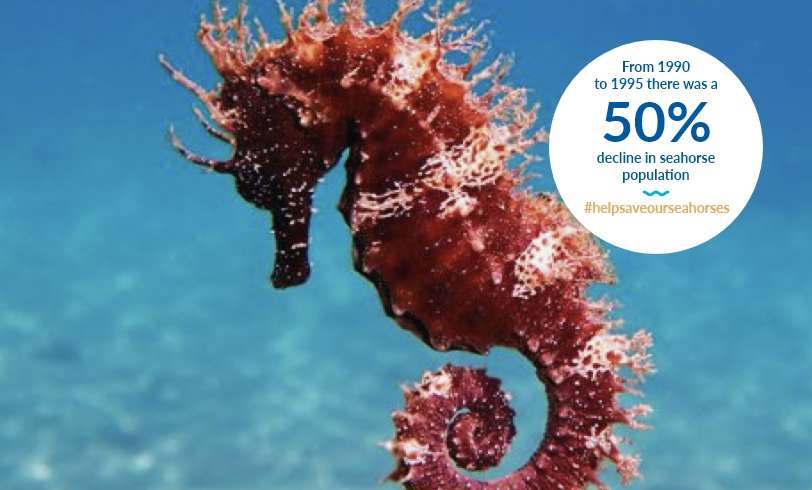

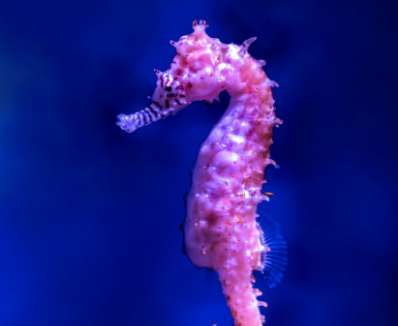
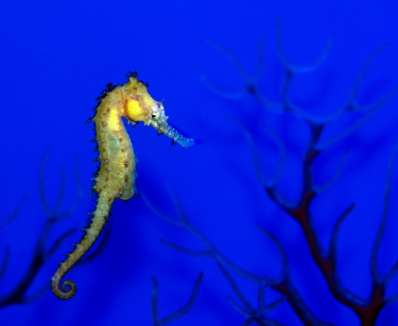
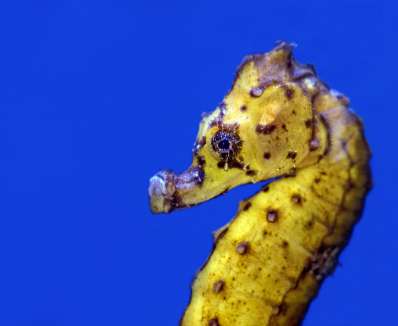
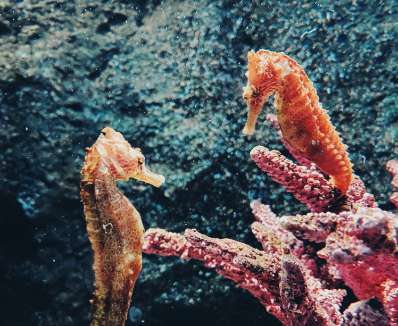
Worldwide, seahorses are in trouble, threatened by habitat loss, and sold in a massive global trade. Scientists say this can’t go on, or seahorses will severely decline. … Twelve seahorse species are listed as “vulnerable” by the International Union for the Conservation of Nature, one step down from endangered. Seahorses are truly unique, and not just because of their unusual equine shape. Unlike most other fish, they are monogamous and mate for life. Rarer still, they are among the only animal species on Earth in which the male bears the unborn young.
CO-EXIST PURCHASES CONTRIBUTE TO PROTECTING THE WORLDS SEA HORSE POPULATION!
Show your support and awareness. Help to preserve and protect our world's oceans.